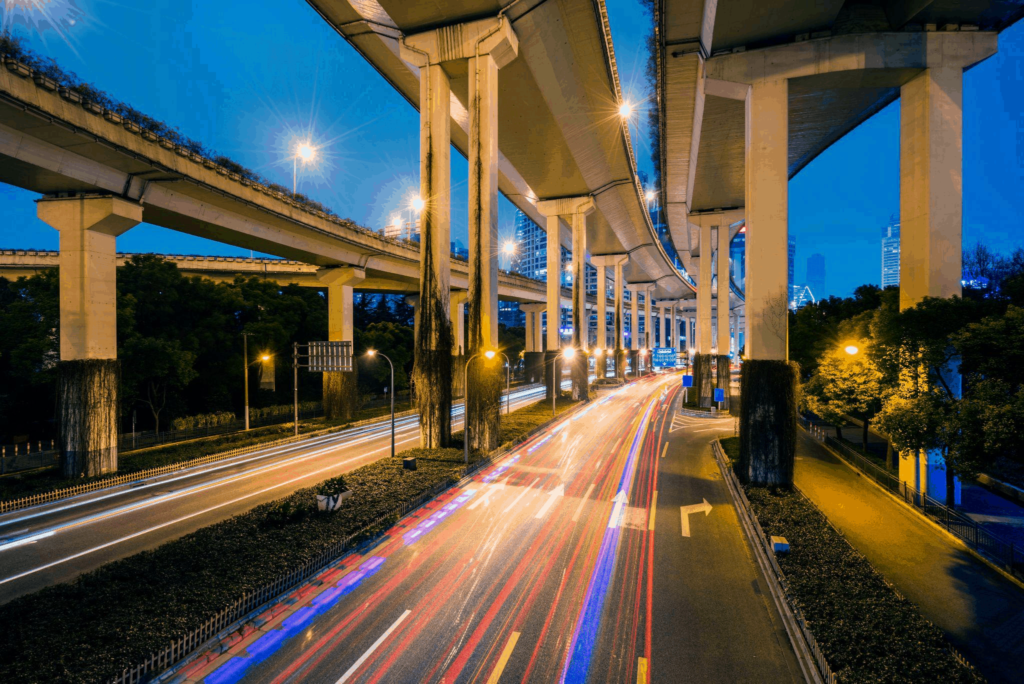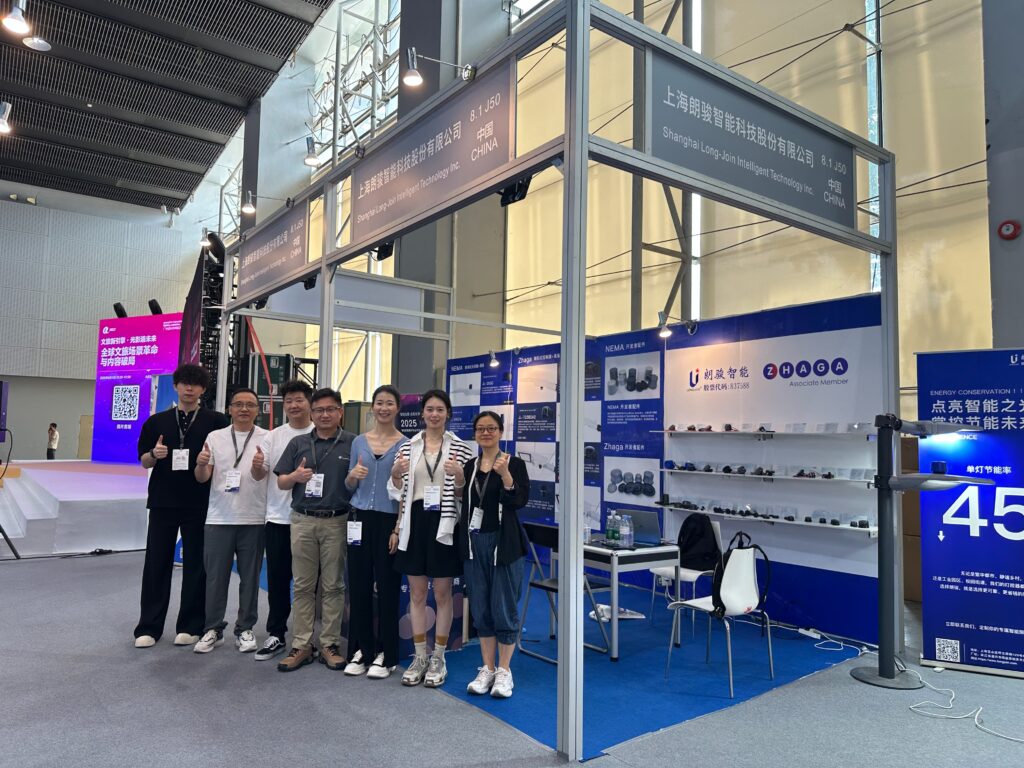Outline
- Introduction
- What is the Standardized Interface
- The Role of Z-LEX-R in Smart City Infrastructure
- What is Adaptive Lighting?
- Advantages of Z-LEX-R
- Energy Consumption Reduction
- Environmental Impact
- Economic Benefits
- Implementation Challenges of Z-LEX-R
- Future Of Outdoor Lighting with Z-LEX-R
- Final Words
According to some estimates by the UN, over 68% of the world’s population will live in urban
areas by 2050. Smart cities are intelligent solutions to accommodate this growth. Further technification of infrastructure is crucial to this transformation, and outdoor lighting is taking center stage.
Forget about traditional streetlights; now Z-LEX-R is taking the lead. It is a revolutionary standardized receptacle that unlocks the potential for intelligent, networked lighting systems. The Z-LEX-R interface isn’t just a new socket for your light bulb; it’s a game-changer.
Cities can seamlessly transform their outdated lighting into intelligent networks with this innovative technology, further paving the way for adaptive lighting and significant energy efficiency gains. Read this guide to understand how Z-LEX-R is modernizing outdoor lighting systems.

What is the Z-LEX-R Standardized Interface
Z-LEX-R is a revolutionary receptacle that replaces traditional light bulb sockets. It boasts features like power delivery, communication ports, and sensor integration, transforming basic lighting fixtures into intelligent nodes.
Z-LEX-R ensures seamless communication with diverse smart devices and sensors. This enables features like remote control, real-time data collection, and integration with broader smart city networks.
Further, a standardized interface like Z-LEX-R streamlines integration with various lighting systems and removes compatibility headaches. This allows cities to choose from a wider range of smart devices and sensors, fostering innovation and future-proofing their infrastructure.
The Role of Z-LEX-R in Smart City Infrastructure
Z-LEX-R acts as a bridge, allowing lighting systems to connect with central management platforms and other smart city elements. Data from sensors (traffic, weather) can be used to adjust lighting in real-time, optimizing energy use and public safety.
Z-LEX-R’s standardized design ensures compatibility with upcoming technologies which allows cities to easily integrate new sensors and devices, fostering continuous improvement and growth within their smart city infrastructure.
Several cities are embracing Z-LEX-R. Los Angeles and Singapore are glaring examples in this regard.
What is Adaptive Lighting?
Adaptive lighting automatically adjusts based on real-time conditions. Imagine streetlights dimming when no one’s around or brightening for approaching vehicles. This optimizes energy use and enhances safety in smart cities.
Z-LEX-R is the backbone of adaptive lighting. Its communication ports connect lights to sensors and central control systems. This allows real-time data collection and enables lights to adjust automatically, creating a truly intelligent and responsive lighting network.
This adaptive lighting further unlocks a trifecta of benefits. First, it significantly reduces energy consumption, leading to cost savings for cities. Second, it improves safety by adjusting brightness based on pedestrian or vehicle presence. Finally, it creates a more dynamic and welcoming environment for public spaces.
Advantages of Z-LEX-R

Z-LEX-R isn’t just a new receptacle; it’s a catalyst for smarter, more sustainable cities. Z-LEX-R not only helps with energy efficiency but also unlocks a range of benefits for urban living and city management. Here are its benefits explained.
Traditional outdoor lighting often operates at full capacity regardless of need. Smart systems, enabled by Z-LEX-R, leverage adaptive lighting to minimize energy use.
Further, motion sensors and real-time data can dim lights in low-traffic areas or during off-peak hours. This translates to significant reductions in energy consumption for municipalities.
Environmental Impact
The energy savings from smart lighting are directly proportional to a positive environmental impact. The less the energy use is, the less will be green house gas emissions due to power production with fossil fuels. This helps combat climate change and develops a more sustainable future for our cities.
Economic Benefits
The financial advantages of Z-LEX-R and smart lighting are twofold. Firstly, municipalities see dramatic reductions in energy bills due to lower overall consumption.
Additionally, Z-LEX-R’s standardized design simplifies maintenance and potentially reduces long-term operational costs. These economic benefits free up valuable resources for further investment in smart city initiatives.
Implementation Challenges of Z-LEX-R

Transitioning to Z-LEX-R is designed to be a user-friendly process. Existing light fixtures can be retrofitted with the new receptacles, minimizing disruption and downtime for public spaces.
Maintenance remains straightforward as Z-LEX-R utilizes familiar connection methods for power and communication, allowing trained technicians to maintain the system efficiently.
While Z-LEX-R offers a smooth upgrade path, some potential challenges exist. Retrofitting extremely outdated lighting systems with complex wiring configurations might require additional expertise.
Additionally, ensuring compatibility with a diverse range of smart devices and sensors across a city’s existing infrastructure is crucial. However, Z-LEX-R’s design anticipates these concerns. Adapters are readily available for older systems, ensuring proper integration.
More importantly, the standardized interface of Z-LEX-R guarantees seamless communication with a wide range of smart city devices and sensors, eliminating compatibility headaches and fostering a truly interoperable ecosystem.
Future Of Outdoor Lighting with Z-LEX-R
The future of outdoor lighting is brimming with exciting possibilities. Integration with LiDAR (Light Detection and Ranging) technology promises even more granular control, allowing lights to adjust based on the size and direction of moving objects.
Additionally, advancements in bioluminescent materials could introduce self-illuminating plants or infrastructure, further reducing reliance on traditional lighting.
As these technologies emerge, Z-LEX-R’s standardized interface will ensure seamless integration. Its design can adapt to accommodate new communication protocols and power requirements, future-proofing smart city lighting investments.
Furthermore, Z-LEX-R might evolve to incorporate data collection capabilities, transform lighting fixtures into environmental sensors, and monitor air quality or noise levels within the smart city network.
Smart city development is a global phenomenon, with cities worldwide investing in intelligent infrastructure. The focus on sustainability is a key driver, pushing for energy-efficient solutions like Z-LEX-R and adaptive lighting. Chiswear, a frontrunner in innovative lighting, champions Z-LEX-R as a cornerstone of smart city development. With our diverse range of lighting photocell solutions, we are poised to play a pivotal role in this global shift towards smarter and more sustainable urban environments.
Final Words
The Z-LEX-R interface is revolutionizing outdoor lighting by enabling smart, adaptive systems that enhance energy efficiency and integration with smart city infrastructures. As cities continue to modernize, adopting such technologies is essential for sustainable urban development. For cutting-edge solutions, consider Chiswear‘s innovative lighting products.
External Links
- https://www.un.org/development/desa/pd/file/1942
- https://zhaga.org/certification/book-18-zhaga-d4i-certification.html
- https://ita.lacity.gov/sites/g/files/wph1626/files/2021-05/SmartLA
- https://www.smartnation.gov.sg
- https://oceanservice.noaa.gov/facts/lidar.html
- https://en.wikipedia.org/wiki/Bioluminescence






